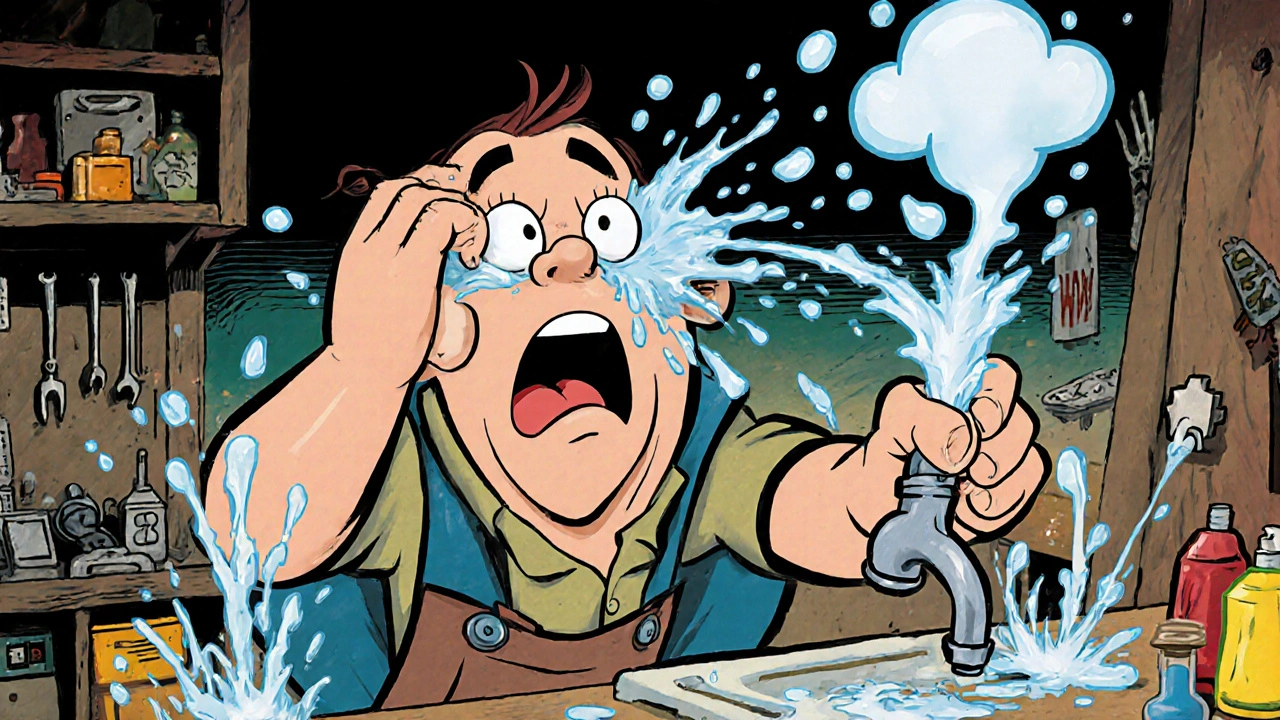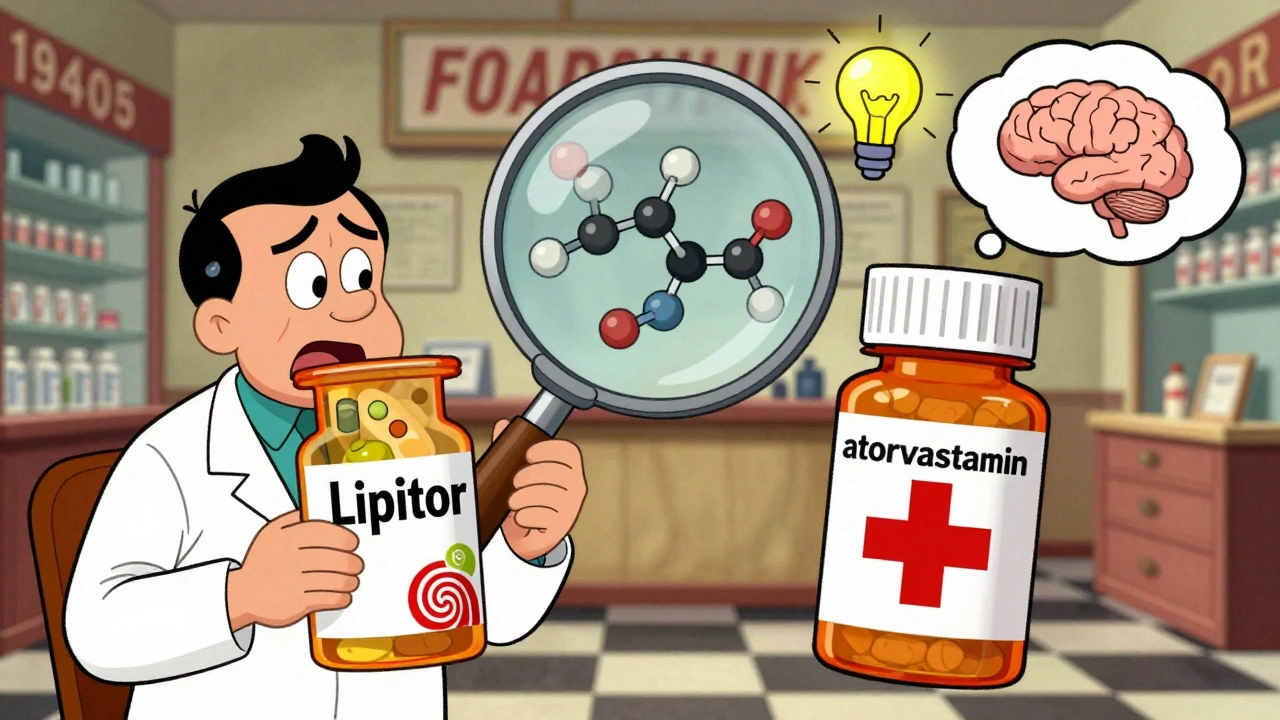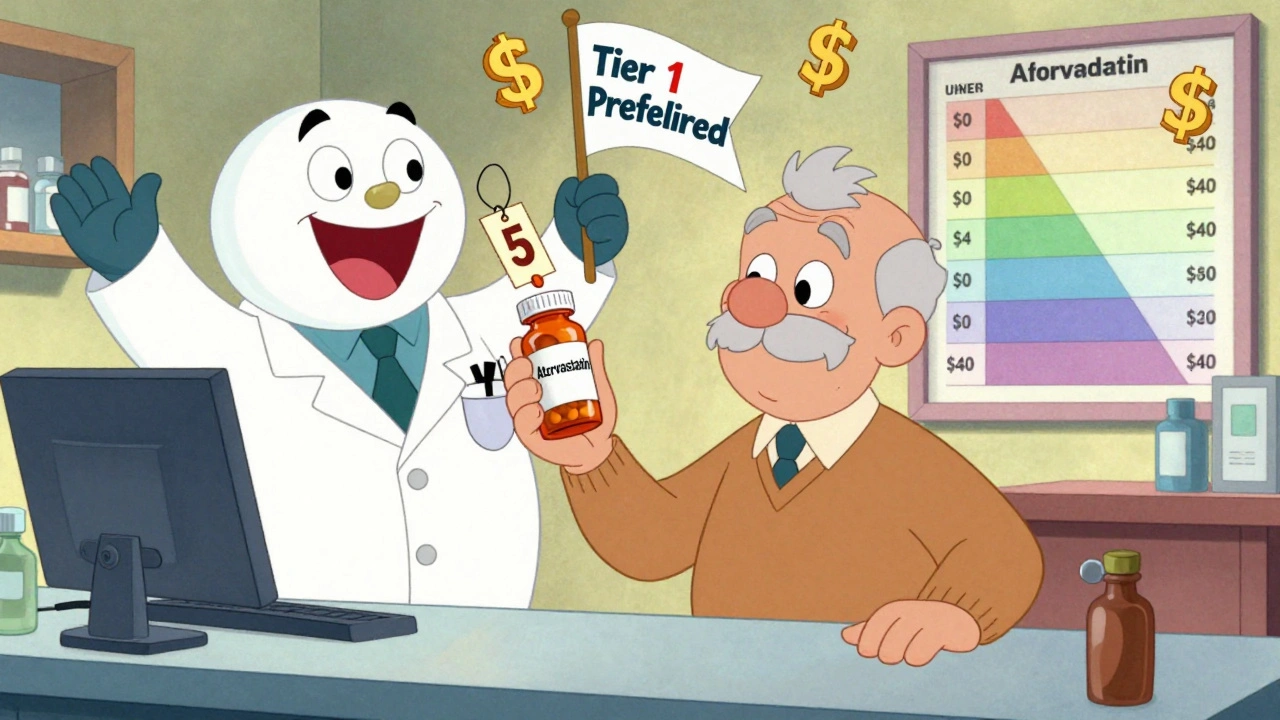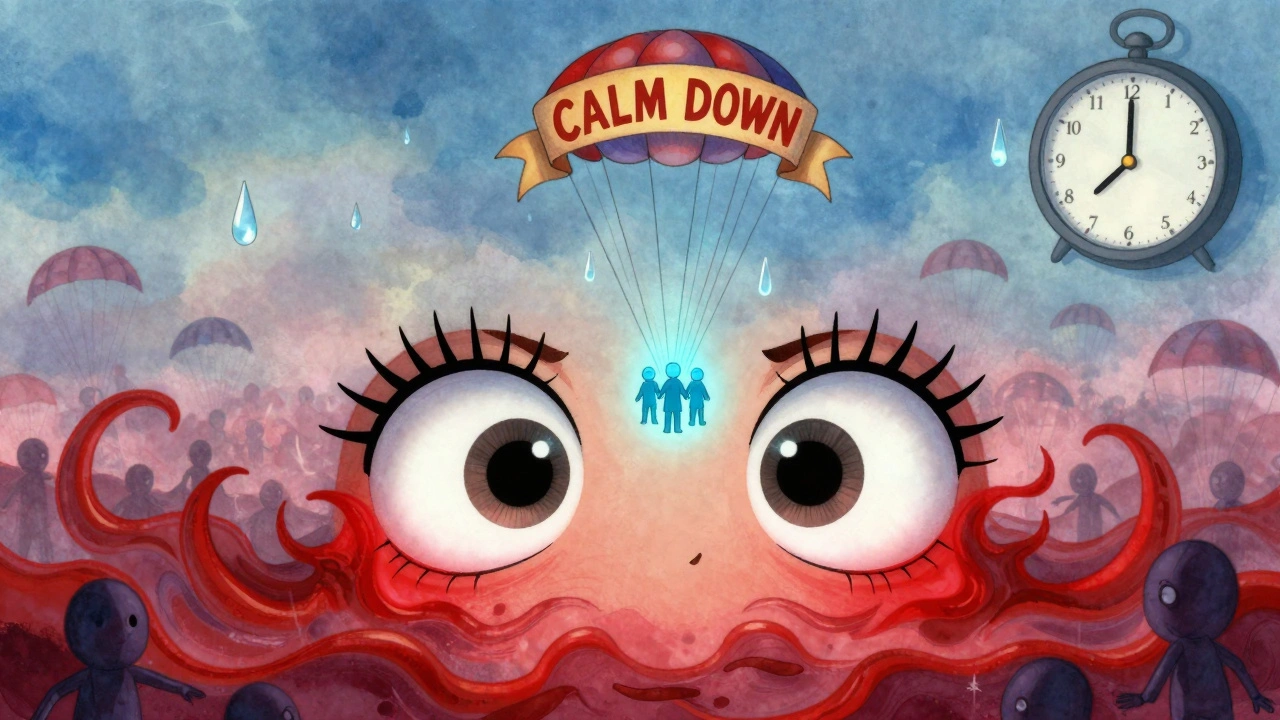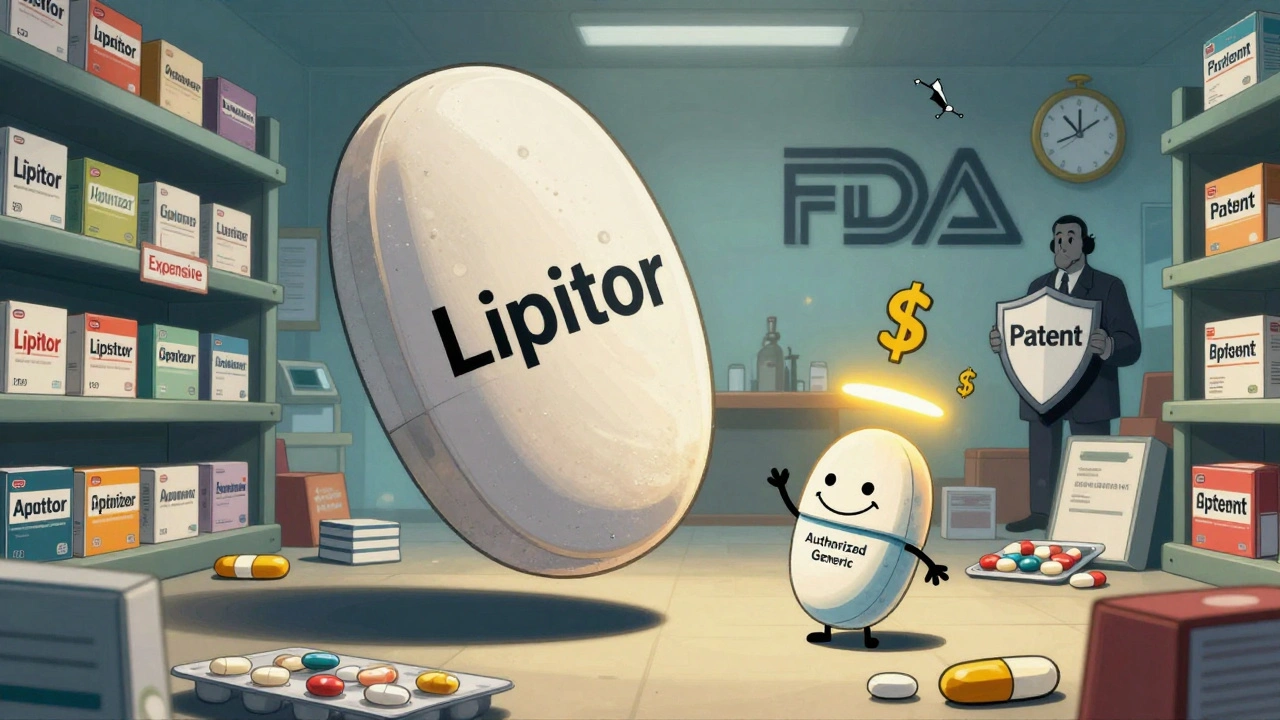First Aid for Eye Splashes: What to Do When Chemicals or Debris Hit Your Eye
When something gets in your eye—whether it’s cleaning fluid, paint, sand, or even a flying bug—your first reaction might be to rub it. That’s the worst thing you can do. First aid for eye splashes, the immediate steps taken after a foreign substance contacts the eye. Also known as emergency eye care, it’s not about waiting for symptoms to appear—it’s about stopping damage before it starts. Your eye is delicate. A splash of bleach, fertilizer, or even strong shampoo can burn the cornea in seconds. The right action right now can save your vision.
Chemical eye burn, a type of eye injury caused by exposure to acidic or alkaline substances is one of the most dangerous. Alkaline chemicals like ammonia or drain cleaner are especially bad—they keep burning deeper into the eye. Even if it doesn’t hurt right away, the damage is happening. Eye flush, the process of rinsing the eye with clean water or saline to remove harmful substances is the single most effective first step. Don’t wait for an ambulance. Don’t call someone first. Open the nearest faucet, use a clean bottle of water, or pour from a jug. Hold your eyelid open and let the water flow across the surface for at least 15 minutes. Keep going even if it feels better. The goal isn’t comfort—it’s dilution and removal.
For non-chemical splashes—like dust, metal shavings, or eyelashes—the same rule applies: don’t rub. Blink a few times to let tears flush it out. If it’s still there, rinse gently. Never try to pull out something stuck in the eye with tweezers or your fingers. That’s how you scratch the cornea. If you feel pain, blurred vision, or light sensitivity after any splash, get to a doctor. Even if it seems fine, some injuries don’t show up until hours later.
Keep a bottle of sterile saline or clean water near your workbench, kitchen sink, or garage. If you work with chemicals, keep goggles on—not just for prevention, but because knowing you’re protected reduces panic. But if something still gets in, remember: first aid for eye splashes isn’t complicated. It’s simple, fast, and it’s your best shot at keeping your sight. The posts below cover real cases, common mistakes people make, and what doctors actually recommend when you can’t get to a hospital right away.
Ocular Trauma: Chemical Splashes and Immediate First Aid Steps That Save Vision
Chemical eye injuries can cause permanent vision loss in seconds. Learn the exact first aid steps-flushing for 20 minutes with water-that save sight, what to avoid, and why speed matters more than the type of liquid.

